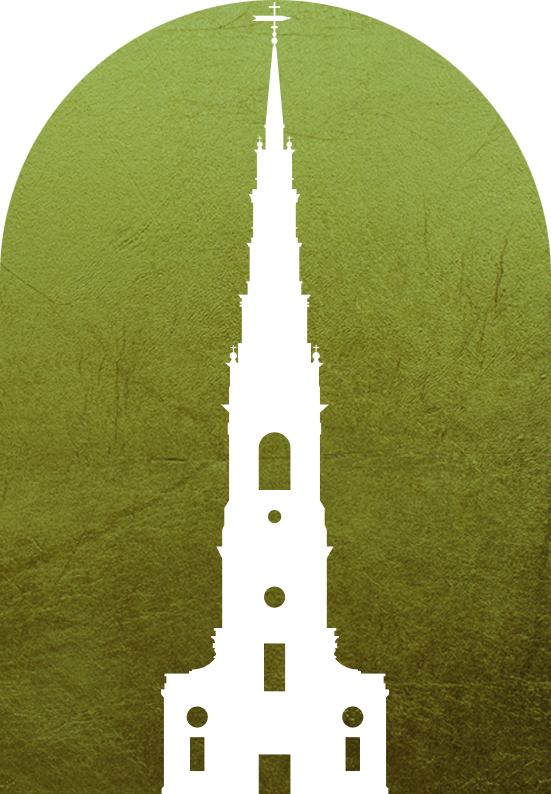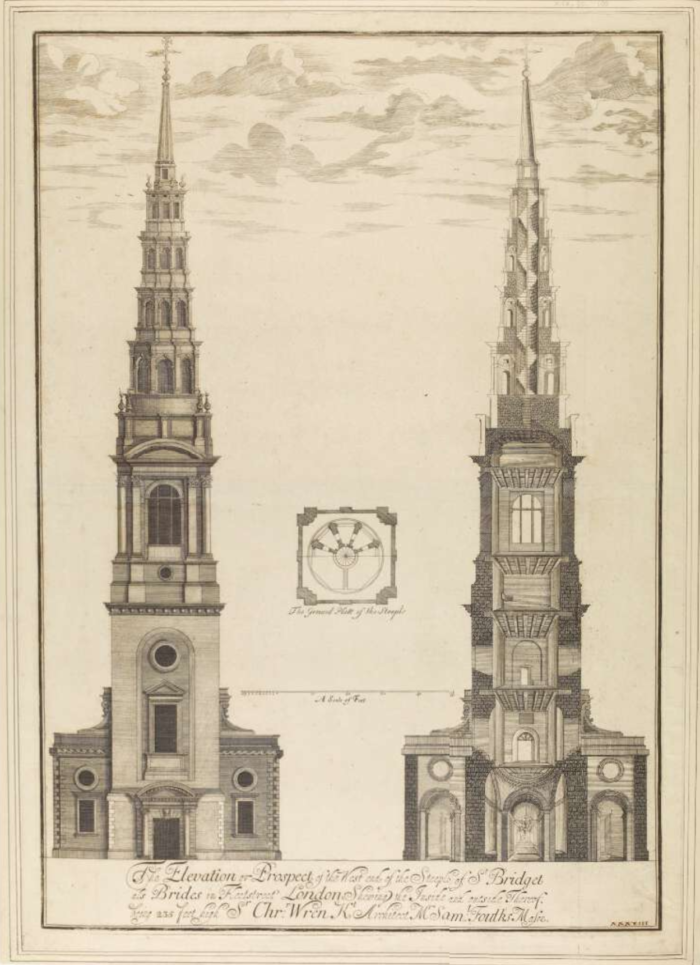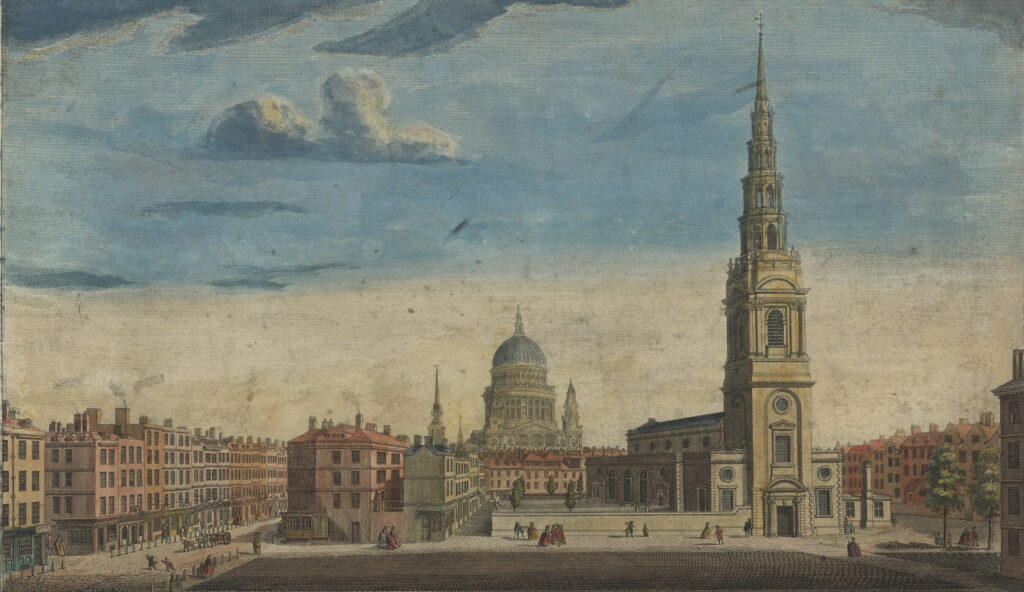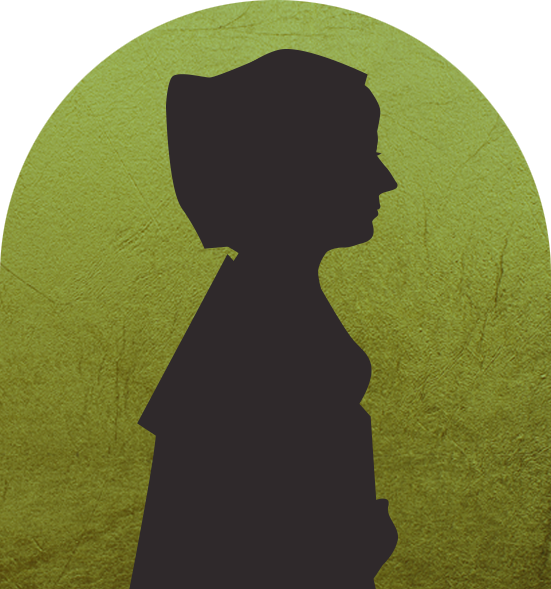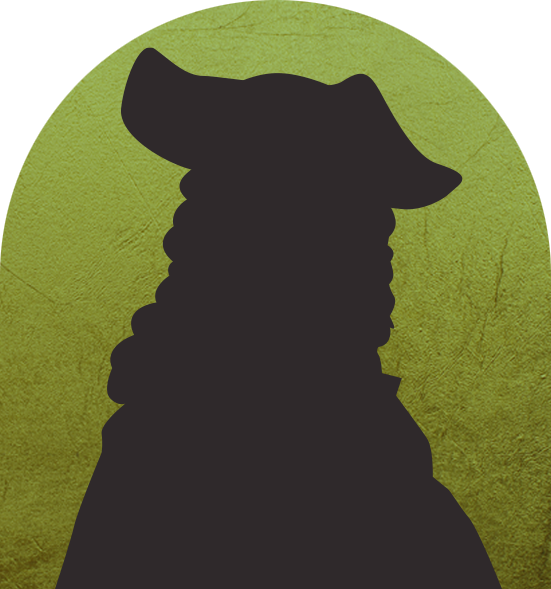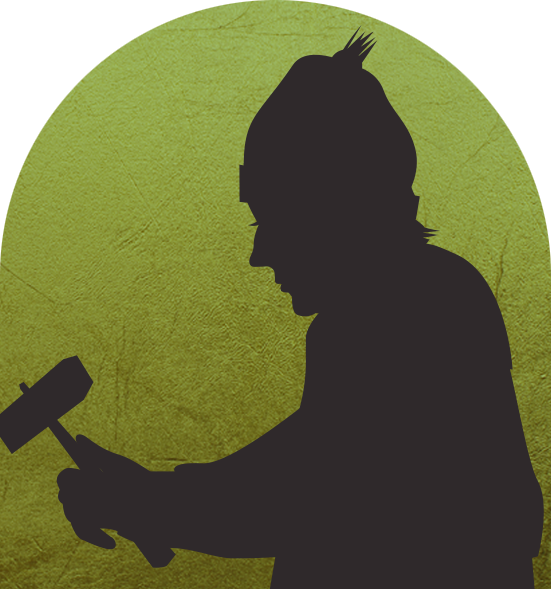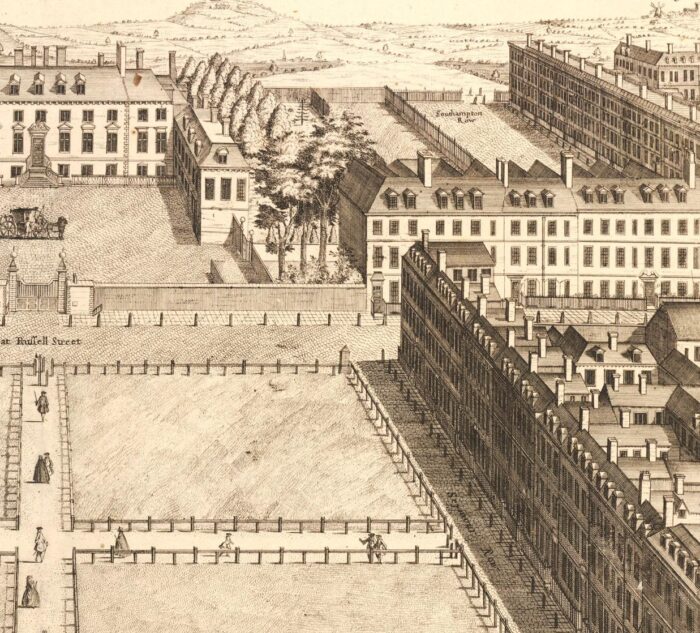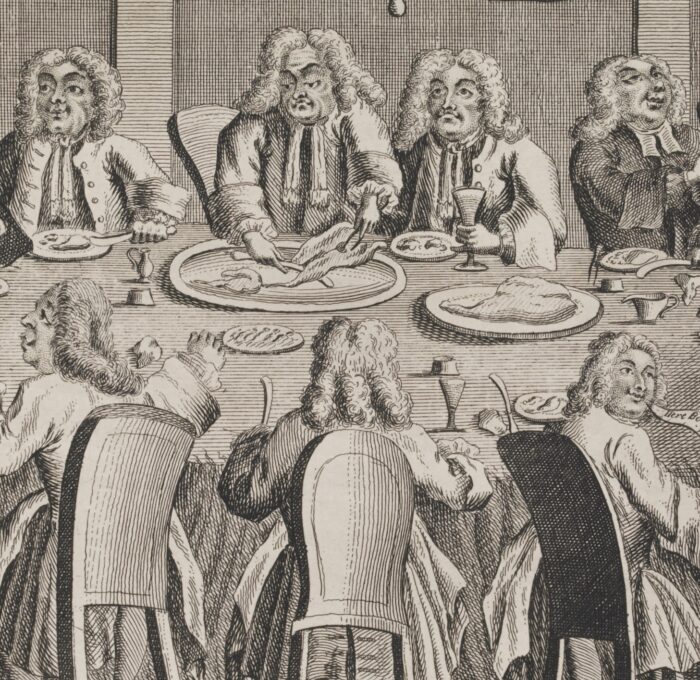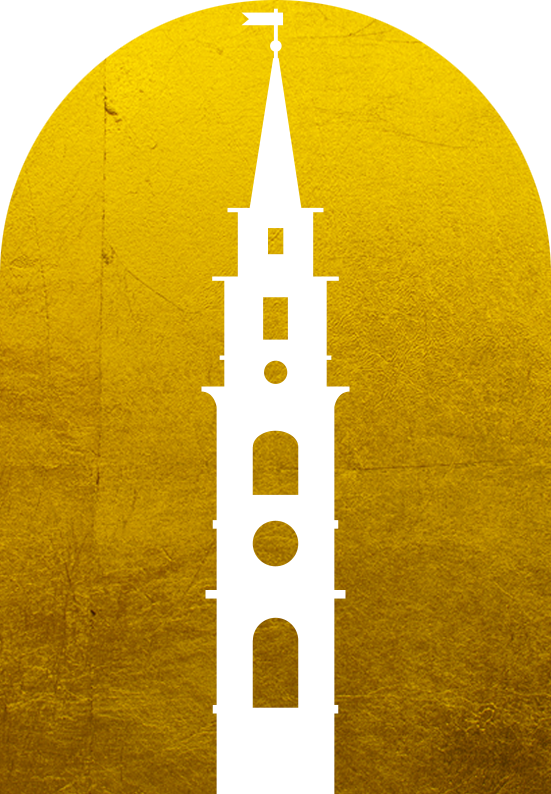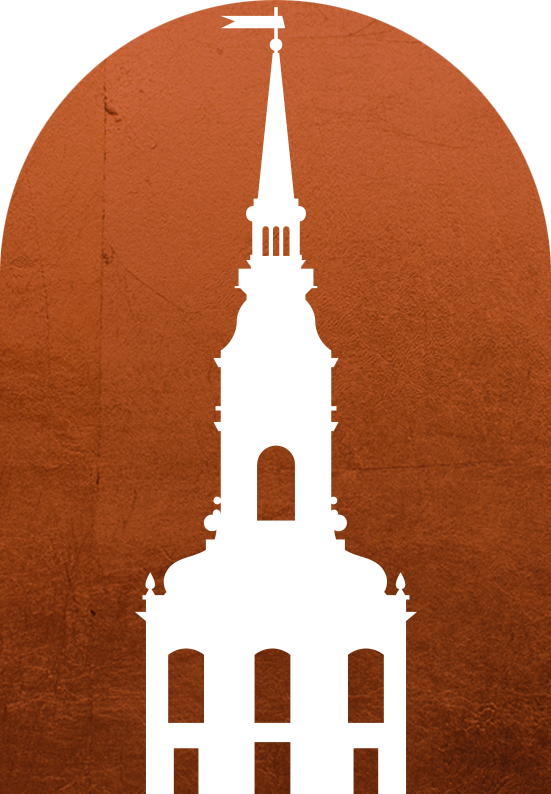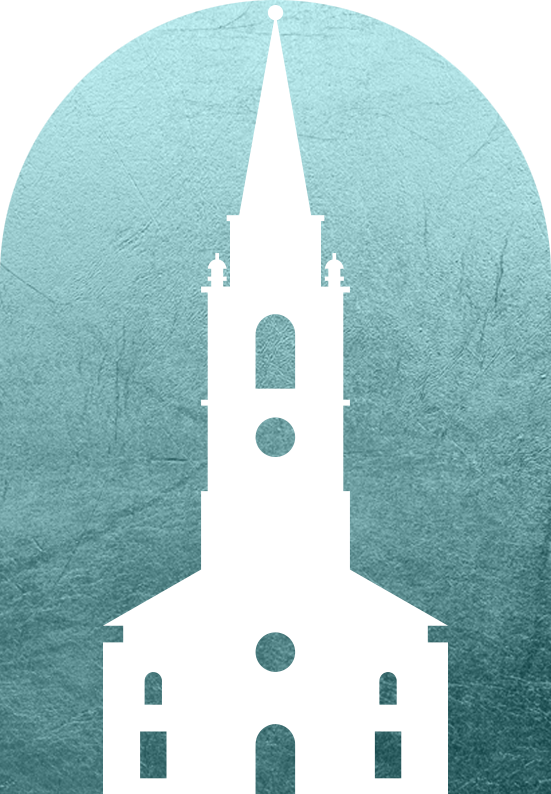In order to be included as one of the first City churches in the programme of rebuilding, St Bride’s had to provide an upfront payment to the City corporation. The parish managed to raise the £500 needed within just one month in August 1671. It would have taken a skilled tradesman nineteen years to earn the same amount. However, a tax on coal was used to raise money to cover the costs of City churches rebuilding, and so the loan was repaid. The total cost of St Bride’s was £15,163 1s 10½ d, over £1.5m today.
Read the stories of four that either survived or succumbed to the flames, and how they reemerged from the ruins.


